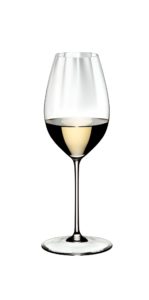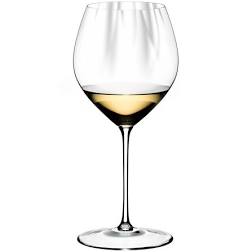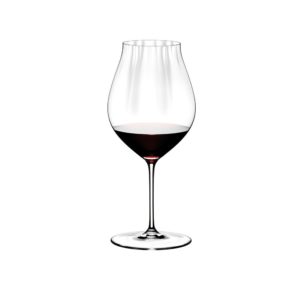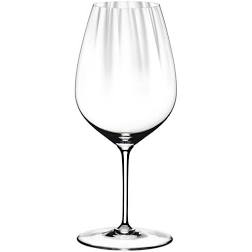Peter Ranscombe sticks his snout into various shapes of glasses to see if they affect the smell and the taste of popular wines.
IT’S the second-most common question I get asked – right after “How do you keep you hair so soft and bouncy?”
“Does the shape of the glass affect the taste of the wine or is it just an urban myth?”
My answer is always to encourage drinkers to experiment – pour a wee bit of sauvignon blanc into a fluted glass that funnels all the aromas up towards your nose and then pour another wee bit into a tumbler.
For me, the result is eye-opening – the gooseberry and the guava or the asparagus and the cat pee race up towards the nostrils in the fluted glass, while dissipating across the room from the tumbler.
An even more striking experiment can be performed by comparing a Champagne flute to an old-fashioned coupe – the glass, rather than the sportscar – not just with the aroma but also with the longevity of the bubbles.
It’s perhaps unsurprising when we consider how smell and taste combine to produce our perception of flavour.
Although the oft-quoted figure of “between 75% and 95% of what we taste is what we smell” doesn’t really stand up to scrutiny – as Charles Spence, professor of experimental psychology at the University of Oxford, demonstrates in this really interesting and accessible review of academic papers – the link between the two is very relevant when we consider vessels for our wine.
Yet, there’s still a tiny voice at the back of my head mouthing off about “marketing spin” and “companies just trying to sell more glasses”.
So – let’s put the matter to rest once and for all.
Call in the experts
Over the past two Wednesday evenings, Diana Thompson’s latest Wine Events Scotland tastings have featured John Hinckley, the UK business manager at glass maker Riedel.
Thompson’s sessions were the first British online tastings in which Riedel has participated.
Hinckley led the audience through four wines served in four glasses from the company’s “performance” range, each with 14 panels, which increase the surface area of the inside of the glass when compared to a standard continuously-smooth surface.
Last week’s white wine examples were fascinating – Hinckley explained how the tall chimney of the sauvignon blanc glass made the drinker tilt their head back, which in turn kept the acid receptors on their tongue away from the liquid and so emphasised the fruit in the wine, which was definitely true with the classic New Zealand passionfruit and guava in the 2019 Esk Valley Marlborough Sauvignon Blanc (£10, Wine Events Scotland).

While the sauvignon blanc glass funneled the wine into a 1.5cm-wide flow for delivery into the mouth, the wider bowl of the chardonnay glass produced a 3cm delivery, which meant the sauvignon blanc lost much of its aroma, but which emphasised the peachy and buttery flavours in the 2019 Errazuriz Aconcagua Costa Chardonnay (£14).
Switching glasses again, the chardonnay appeared less complex in the sauvignon glass, retaining its cream and butter notes, but losing much of its fruit.

‘Acidity bumper’
The star of tonight’s second session for me was the pinot noir glass – arguably the most pretentious-looking receptacle ever created, with what Hinckley described as an “acidity bumper” lining its rim.

Yet, once I tasted the 2019 Errazuriz Aconcagua Costa Pinot Noir (£14) in the glass, I was smitten.
The weird rim again directs the acidity thanks to its narrow delivery, which emphasised the delicious red plum, red cherry and sweeter spun sugar flavours in the wine.
In contrast, shifting the pinot noir into the chardonnay glass meant it lost much of its aroma, which the wine’s acidity became much more apparent when slurping it from the “cabernet and merlot” glass – or “claret” to its friends.

The claret glass came into its own when holding the 2018 Errazuriz Max Reserva Cabernet Sauvignon (£11.50) – a wine that, I’ll admit, I’ve been less than impressed with in the past but which absolutely sang in this shape of glass.
The shape not only highlighted the complexity of its dark fruit, cedar and liquorice aromas – enhanced by blending 8% cabernet franc and 3% petit verdot into the cabernet – but also directed the wine’s tannins into the gums, once more delivering the structural components of the wine to the correct places in the mouth.
Read more of Peter’s wine, beer and spirits reviews on his drinks blog, The Grape & The Grain.
TAGS

